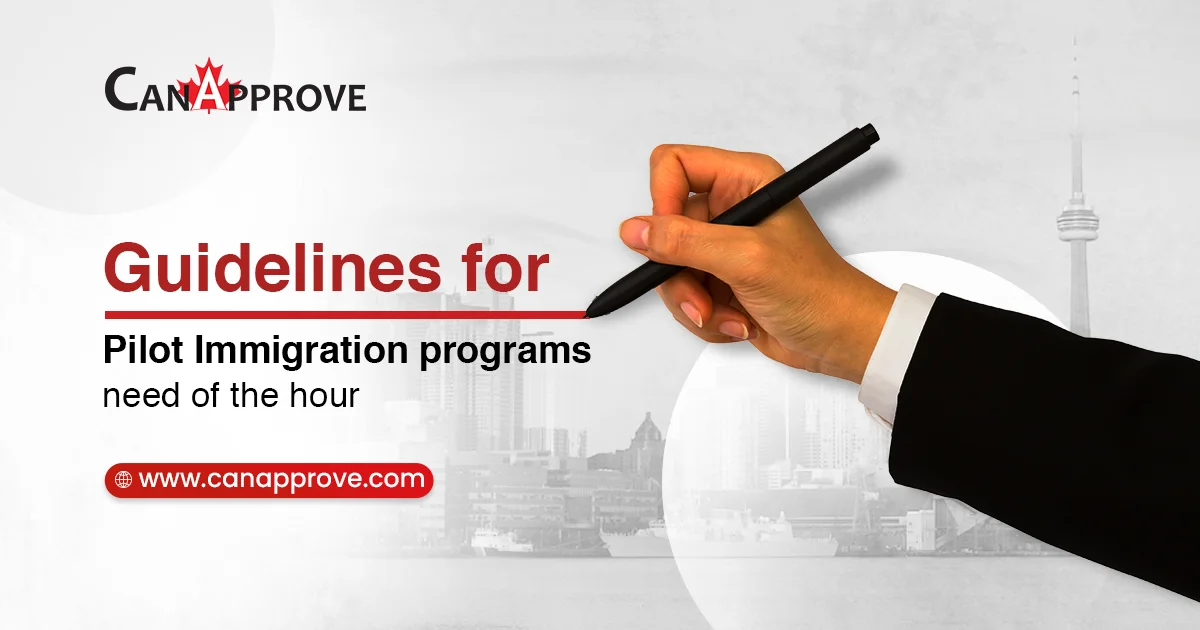An internal memo from the Immigration, Refugees and Citizenship Canada(IRCC) recommended implementing clear guidelines for the establishment of pilot immigration programs. The memo was issued on July 18, 2022 following an internal audit conducted last March by the Internal Audit and Accountability Branch of the IRCC.
Canada immigration pilot programs
There have been a total of 11 pilot immigration programs established since April 2013. Among these, one has been made permanent, while others are being transferred to permanent programs. Similarly, three of the pilot programs have been replaced or redesigned. Currently, Canada has four active pilot programs.
The pilot programs are developed as per a clause in the Immigration and Refugees Protection Act (IRPA) that allows the immigration minister to issue special instructions to immigration officers for helping the government to reach its immigration goals.Other than that, there aren’t any specific guidelines for forming pilot programs.
Why do Canada immigration pilot programs need guidelines?
As per the audit report, IRCC does not have a clear definition of pilot programs in terms of what they are meant to achieve as well as how they are developed. There are no set guidelines for developing a pilot program. As per the IRPA, pilot programs are supposed to be temporary, for a maximum of five years and also, they can invite up to 2750 applicants per new economic class pilot. So, some pilot programs are made permanent after five years. Some pilot programs such as the Atlantic Immigration Program(AIP), emerged successful in meeting their objectives.
However, the audit report points out that it is difficult to measure the success of a program without guidelines. IRCC has no consolidated list to track key pilot program recommendations or metrics. So there is no way to know if a program is underfunded or over or which are the key risks and performance results.
The audit report also brought to notice the issue where the pilot programs often overlap the existing pathways to permanent residency. Similarly, some pilot programs were underfunded while others required additional funding and more human capacity. The AIP, one of the most successful pilot programs, did not have any additional funding, but relied solely on the existing departmental capacity. It increased the strain and workload of department employees.
Further, the deadline for implementing pilot programs is often shorter. Also, there was no analysis for the programs to measure their impact on the department’s ability for administering core programs.
So the internal memo of the IRCC suggested forming clear guidelines for Canada’s immigration pilot programs.
Pilot Programs and Immigration Levels Plan
As per the Immigration Levels PLan of Canada for 2023-25, Canada will be welcoming up to 500000 new permanent residents by 2025. Of these, 14,750 will be admitted under economic class pilot programs. The AIP and Start-Up Visa program will be targeting 14500 and 6000 immigrants respectively by 2025. These programs were introduced as pilot programs and were made permanent later.
Are you interested to know more about your pathways for migrating to Canada? Connect with CanApprove now!


